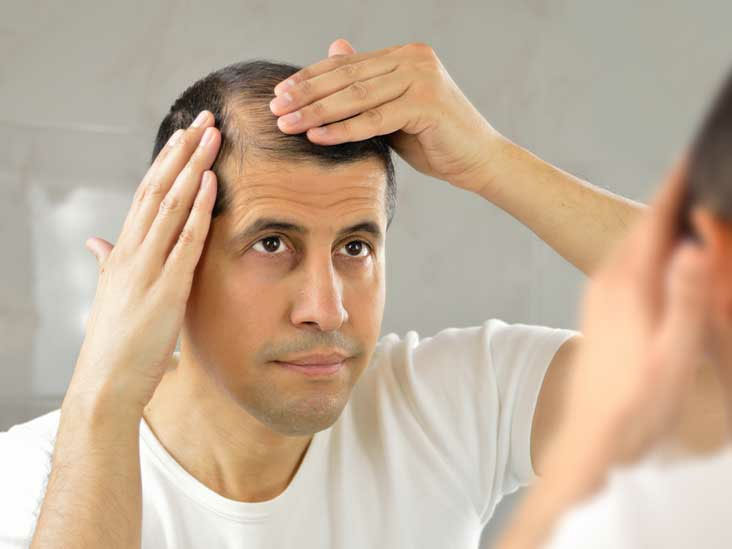A recent EMBO Molecular Medicine paper describes how scientists investigated the damage that taxanes inflict on human hair follicles.
The researchers found that taxanes are toxic to specialized niches of cells at the base of hair follicles.
These niches contain cells that divide rapidly and are essential for producing hair.
In further experiments, the team found that CDK4/6 inhibitors, a class of drug that halts cell division, can prevent the damage that taxane inflicts in the hair follicle.
In addition, the CDK4/6 inhibitors worked in a way that did not inflict further damage on the hair follicle.“When we bathed organ cultured human scalp hair follicles in CDK4/6 inhibitors,” says lead and corresponding study author Talveen S. Purba, Ph.D., “the hair follicles were much less susceptible to the damaging effects of taxanes.”
Purba is a research associate in the Centre for Dermatology Research at the University of Manchester in the United Kingdom.
“Taxanes are a leading cause of severe and often permanent chemotherapy induced alopecia,” write the authors, who go on to discuss the need for new and effective strategies to prevent this type of hair loss.
Hair loss is a very distressing and sometimes enduring side effect of chemotherapy.
Researchers have developed an experimental device that absorbs toxic chemotherapy drugs after they have reached their targets. Chemotherapy induced alopecia can damage an individual’s body image, self-esteem, and quality of life, especially when the hair does not grow back.
The authors note that as many as 8% of people likely reject chemotherapy because of this “psychosocial burden.”
They hope that the findings will spur the development of skin medicines that doctors can apply to the skin of their chemotherapy patients to reduce hair loss.
Treatments that temporarily slow or stop cell division in hair follicles could help to boost the effectiveness of hair preserving treatments such as scalp cooling, which can be “unsatisfactory and difficult to predict.”The findings could also help to develop treatments to prevent hair loss on other sites of the body, such as eyebrows, beards, and pubic hair, which individuals may also value for “cosmetic, cultural, religious, and psychosocial,” reasons.For the new study, Purba and colleagues focused on two taxanes — paclitaxel and docetaxel — that doctors use in the treatment of solid tumors, such as in the breast and lung. The team tested the drugs on hair follicles they cultured in the laboratory under conditions that were as natural as possible. The hair follicles came from the scalps of consenting patients. The hair follicle is a “mini organ” that is easy to remove whole and readily lends itself to laboratory experimentation.
The team found that paclitaxel and docetaxel induced massive damage to cell division processes and triggered cell death in follicle cells that are essential for hair production.









